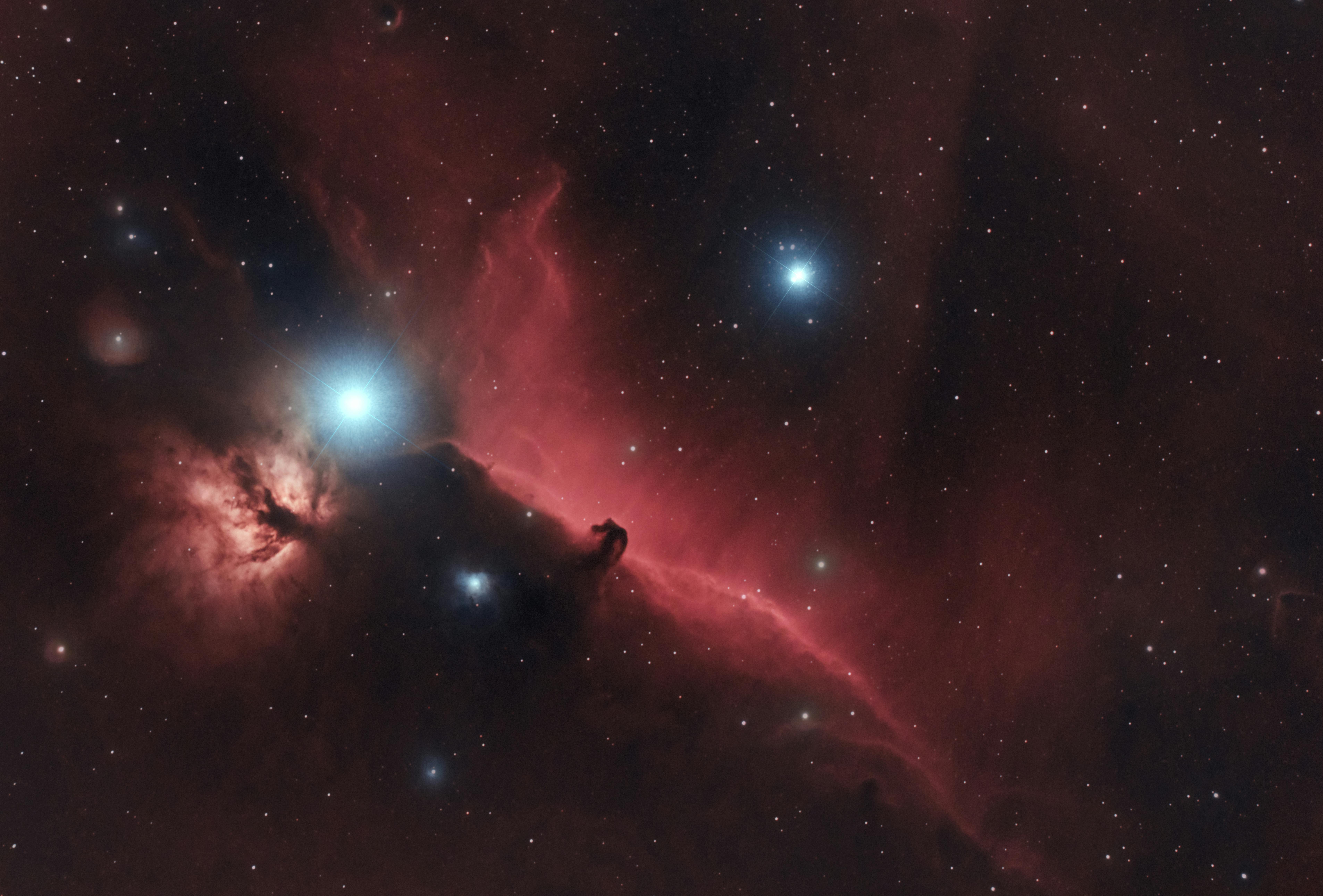Securing yourself some “front-row seats” for a premiere takes a whole new meaning when we start talking about what happens out in space. Events from the past must have been a spectacle to behold for any humans on Earth fortunate enough to have seen them live, such as the “Guest Star” of 1181.
However, what often happens is that scientists that look up at the sky only get to see the aftermath of whatever cosmic event took place in that particular area. After all, double-appearing supernovae aside, there’s barely any way for anyone down here on Earth to predict when the next cosmic event will take place.
Of course, there are exceptions to the rule—and none more serendipitous and spectacular than those that scientists just manage to see firsthand. A recent study that was just published in The Astrophysical Journal shows how a select group of scientists witnessed firsthand a distant red supergiant star exploded into a supernova.
A supernova located some 120 million light-years away, called SN 2020tlf, exploded in front of the eyes of scientists studying it as it went about inside the distant galaxy NGC 5731. It appears to be some ten (10) times as massive as our own Sun and was watched for a total of 130 days before it went up in a distant light show that our team of scientists here got front-row seats to.
“This is a breakthrough in our understanding of what massive stars do moments before they die,” said lead author and UC Berkeley astronomer Wynn Jacobson-Galán. “Direct detection of pre-supernova activity in a red supergiant star has never been observed before in an ordinary Type II supernova. For the first time, we watched a red supergiant star explode!”
Two Hawaiian telescopes were involved in this remarkable endeavor: the Panoramic Survey Telescope and Rapid Response System (Pan-STARRS) telescope under the University of Hawaii’s Institute for Astronomy, and the W. M. Keck Observatory.
“It’s like watching a ticking time bomb,” said UC Berkeley astrophysicist Raffaella Margutti, describing the unexpected new insights obtained from the long observations of the star before it exploded. “We’ve never confirmed such violent activity in a dying red supergiant star where we see it produce such a luminous emission, then collapse and combust, until now.”
The vast amounts of data taken from the study of SN 2020tlf were part of the Young Supernova Experiment, a project encompassing the observation of supernovae in their earliest stages.
Jacobson-Galán describes further the goals of the team and the project after their exclusive premiere access to SN 2020tlf: “Detecting more events like SN 2020tlf will dramatically impact how we define the final months of stellar evolution, uniting observers and theorists in the quest to solve the mystery on how massive stars spend the final moments of their lives.”
References
- Jacobson-Galán, W. V., Dessart, L., Jones, D. O., Margutti, R., Coppejans, D. L., Dimitriadis, G., Foley, R. J., Kilpatrick, C. D., Matthews, D. J., Rest, S., Terreran, G., Aleo, P. D., Auchettl, K., Blanchard, P. K., Coulter, D. A., Davis, K. W., de Boer, T. J. L., DeMarchi, L., Drout, M. R., … Zenati, Y. (2022). Final moments. I. Precursor emission, envelope inflation, and enhanced mass loss preceding the luminous type ii supernova 2020tlf. The Astrophysical Journal, 924(1), 15. https://doi.org/10.3847/1538-4357/ac3f3a
- Nield, D. (2022, January 8). For the first time, we’ve seen a red giant star transition into a supernova. ScienceAlert. https://www.sciencealert.com/for-the-first-time-we-ve-seen-a-red-giant-star-transition-into-a-supernova










